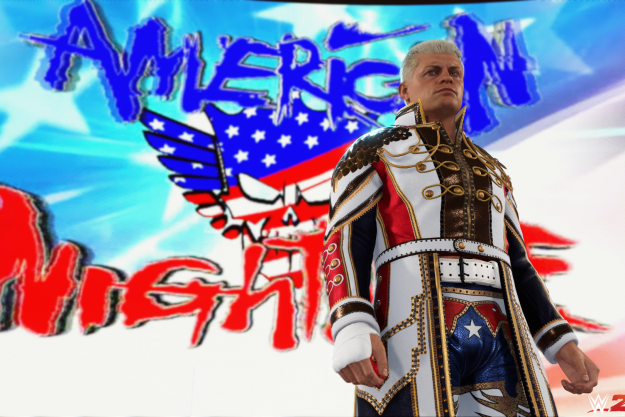Overwatch 2 aims to bring a great deal of changes, including a reduction to 5v5 gameplay instead of the six member team sizes found in the original game.
Overwatch 2 director Aaron Keller explained on Blizzard’s What’s Next livestream that this change should make it easier for players to understand what’s happening in any given match.
“Overwatch has changed over time,” Keller said during the livestream. “We’ve gone from having no hero limits at all in the game, to having a hero limit. We ended up introducing a role lock over the course of the game. And we feel like this is the next step in the way that Overwatch ought to be played.”
Keller went on to say that an Overwatch match often has “a lot going on,” and that it can sometimes be hard to track what 11 other players are doing. This change to 5v5 team sizes is an attempt to simplify the gameplay and will hopefully allow players to “make better choices,” as Keller explains.
The other major change is the reduction to one tank player per team. “Tanks can be problematic,” Keller said. “A [damage-per-second] hero is simple — they’re shooting. But a tank has abilities that can be noisy, or when stacked with other tanks can cause problems for other teams to try to overcome and counter.” Keller argued that when a team has two tanks, it can be very “aggressive” to the opposing team.
Race toward the Monte Carlo finish line in Overwatch 2.
Points of interest:
🏎️ Auto Pilot Cars
✨ Sparkles
🛥️ Flying Yachts pic.twitter.com/tlE6d8UJ8R— Overwatch (@PlayOverwatch) May 20, 2021
The stream was filled with little details about Overwatch 2’s PvP mode, such as the reveal of the new Monte Carlo map, as well as the announcement that Blizzard is working on more maps for the upcoming Push game mode. Blizzard says it’s experimenting with new modes aside from Push as well. Many of the characters will undergo alterations as part of the sequel.
Overwatch 2 doesn’t have a release date yet, but fans shouldn’t expect it until at least 2022 at this point.
Editors' Recommendations
- Hades 2 is nearly perfect, but there’s one problem that needs tweaking
- Helldivers 2 PC players are furious over this controversial change
- Overwatch 2’s story-driven PvE missions are being abandoned by Blizzard
- Overwatch 2’s collaboration with Cowboy Bebop works surprisingly well
- One year later, my PlayStation VR2 is collecting dust



